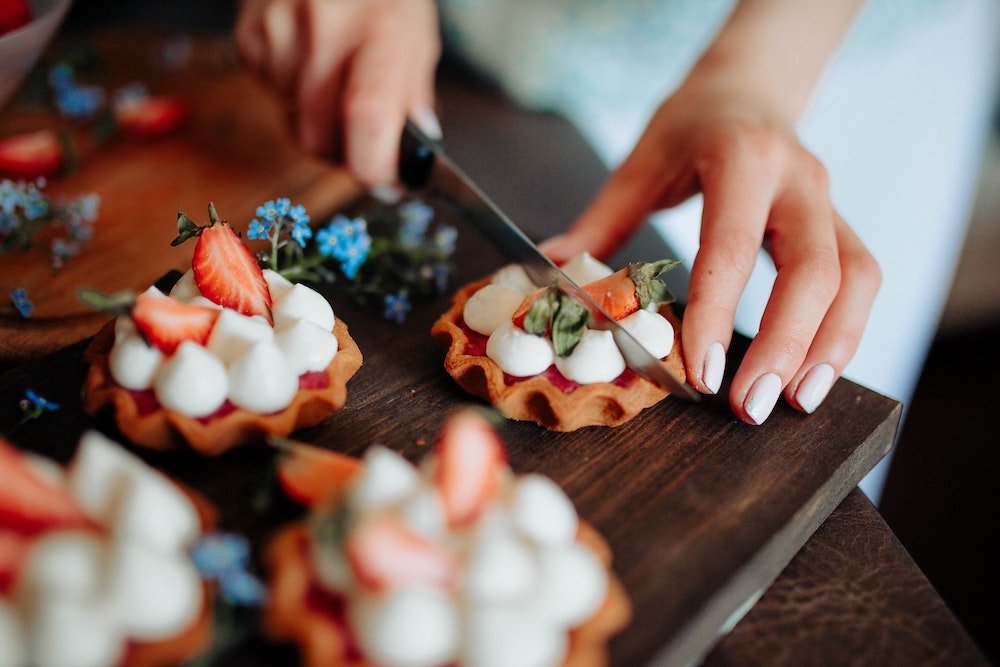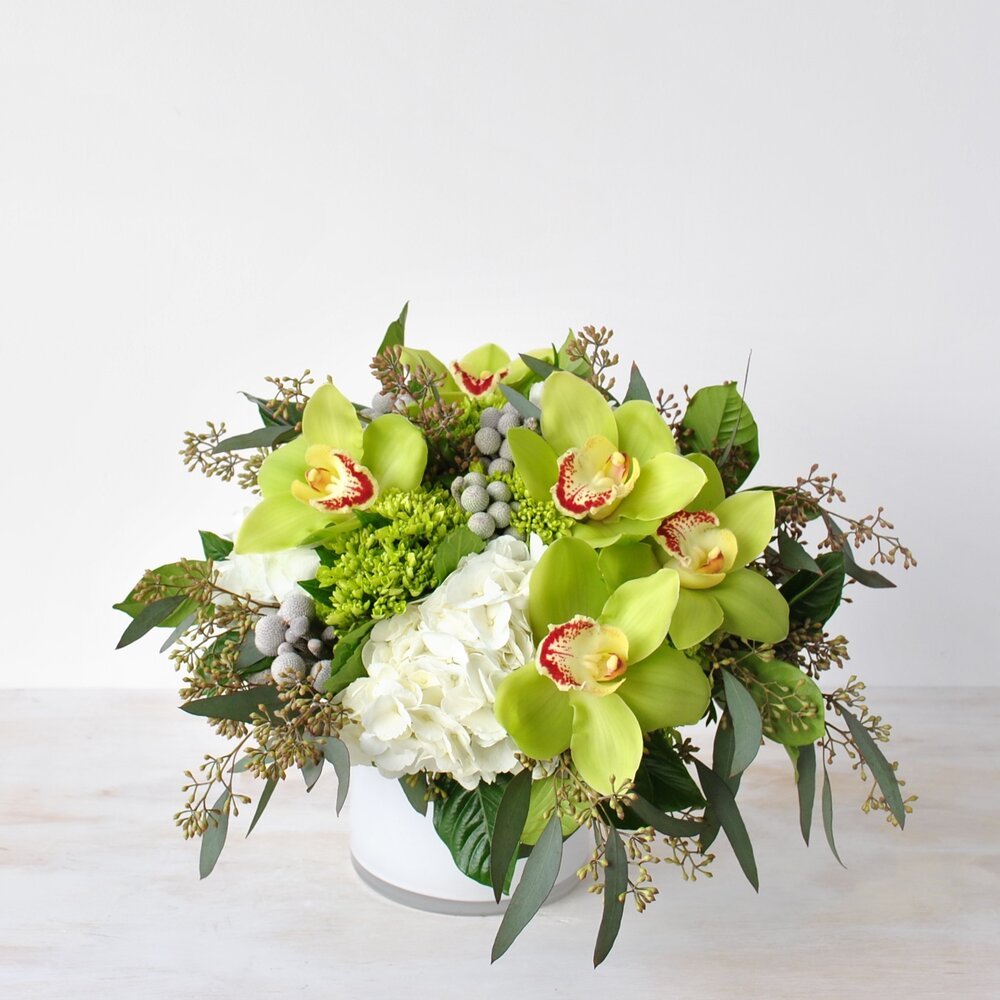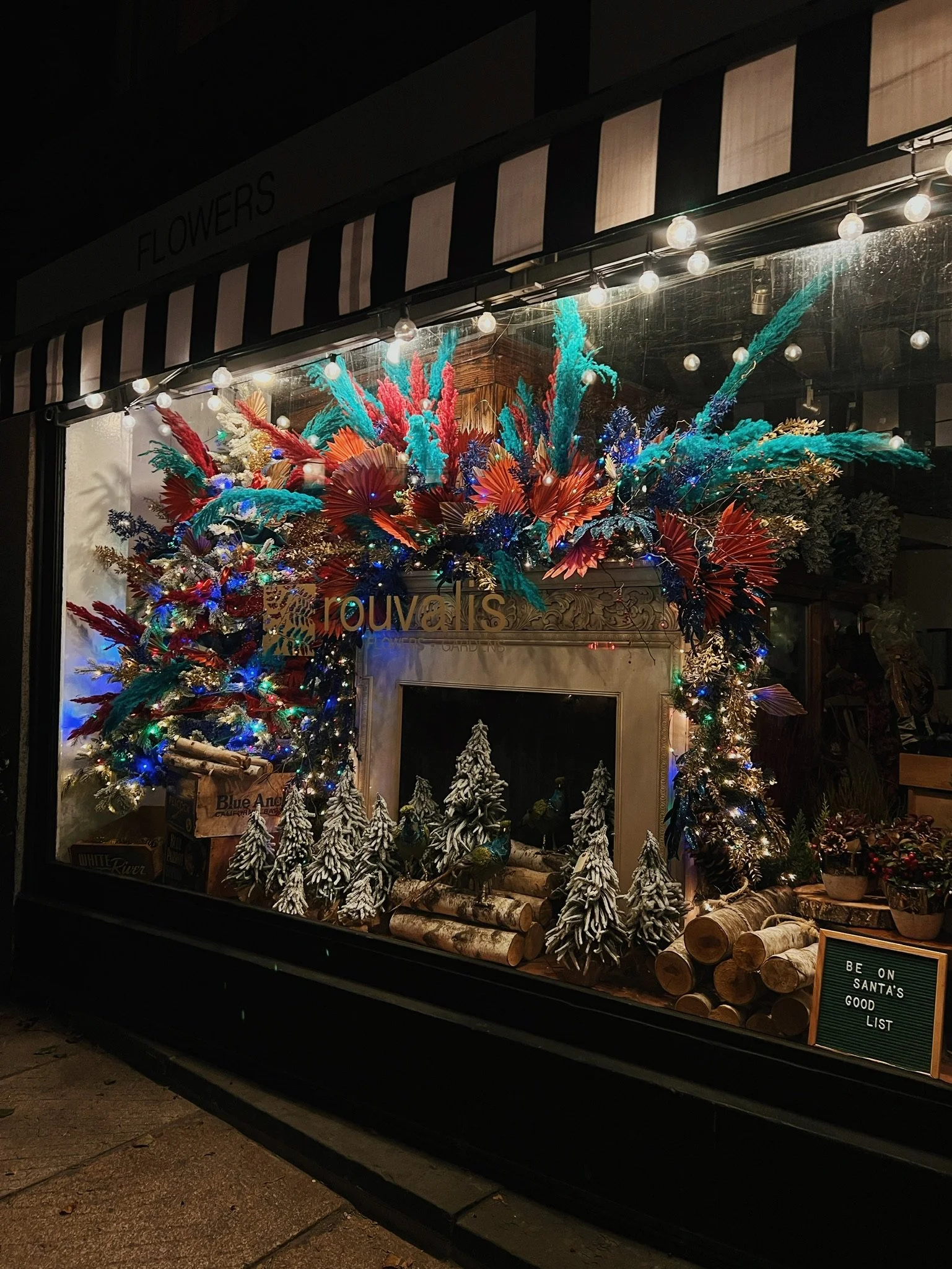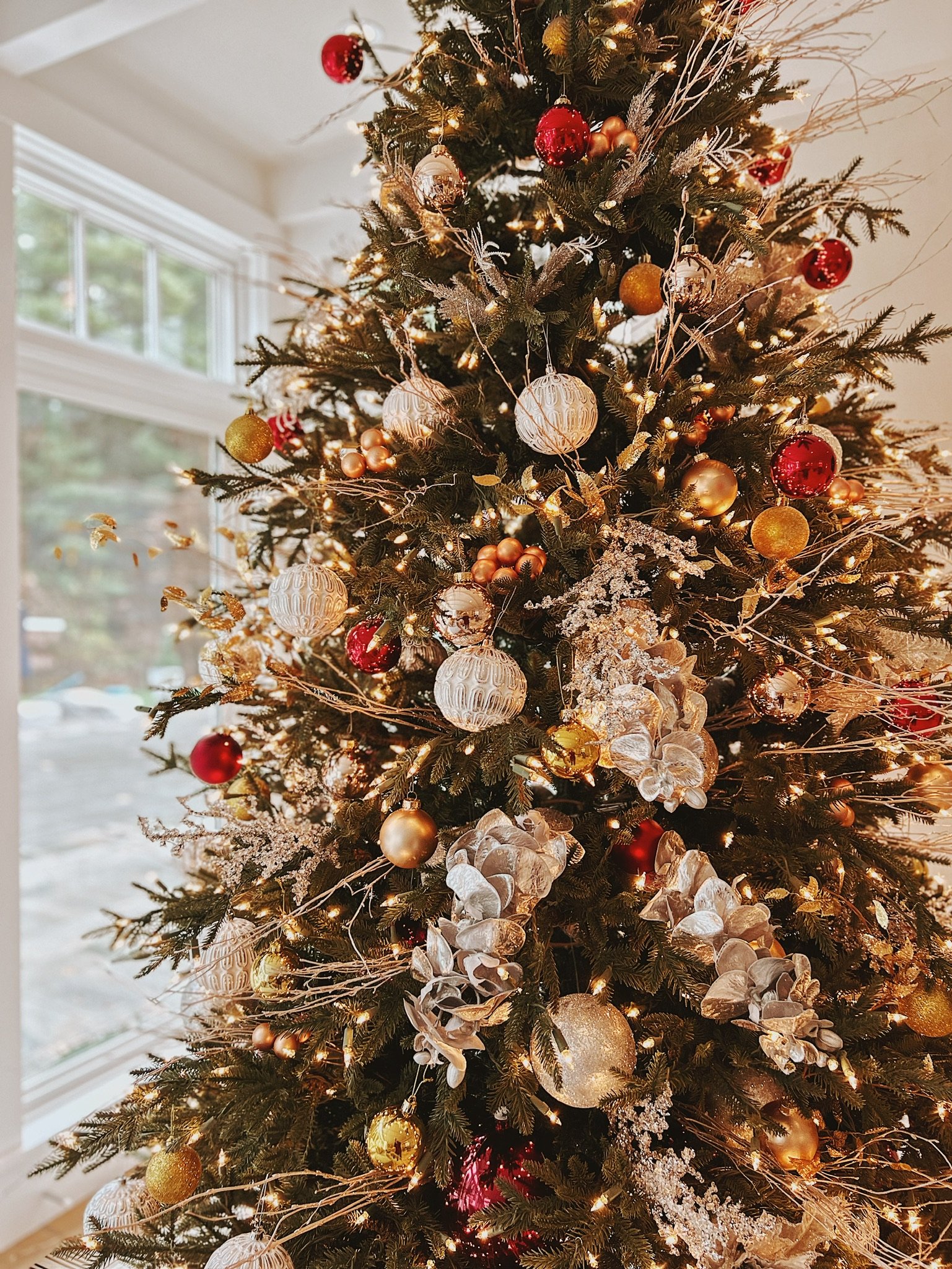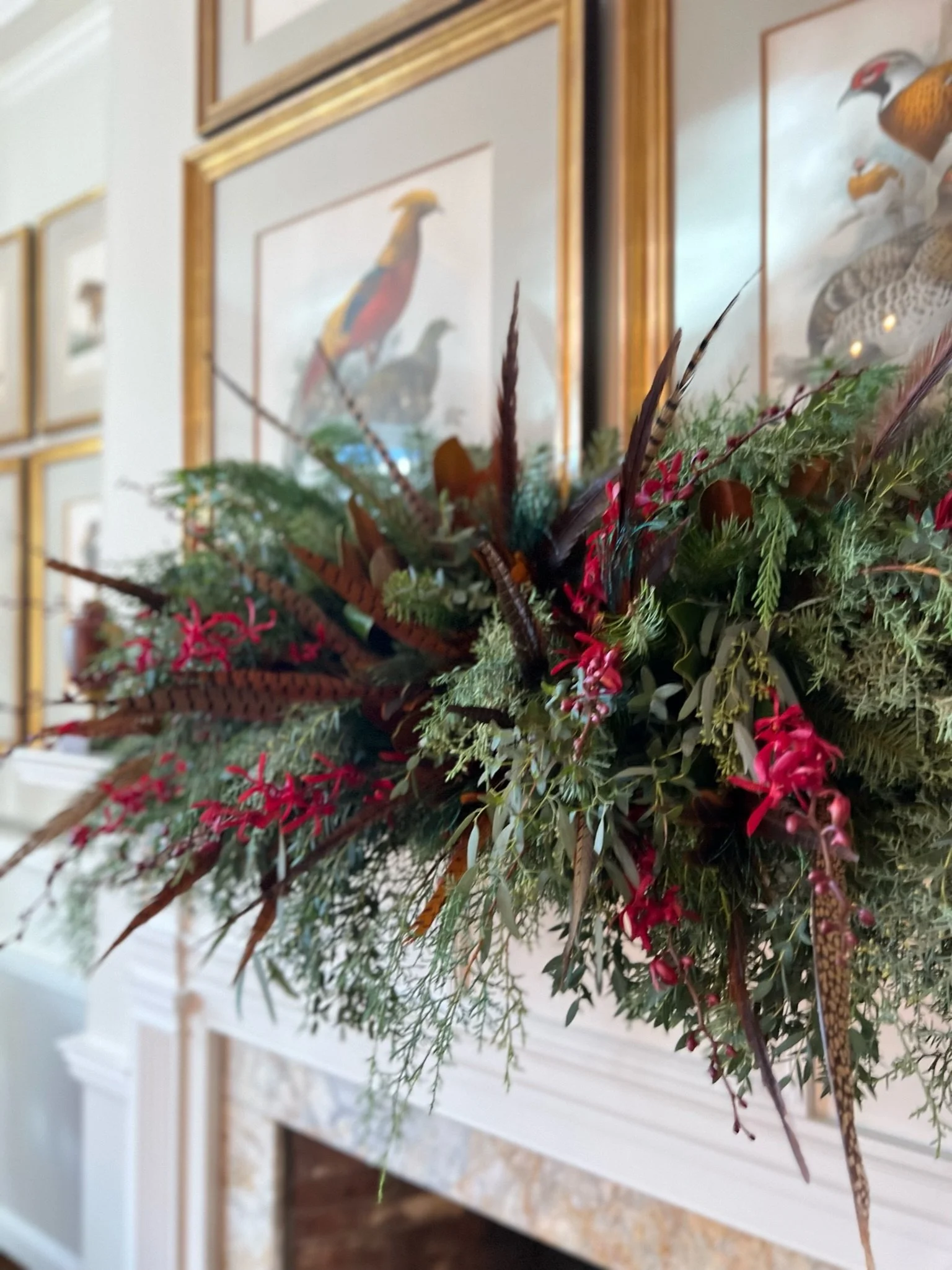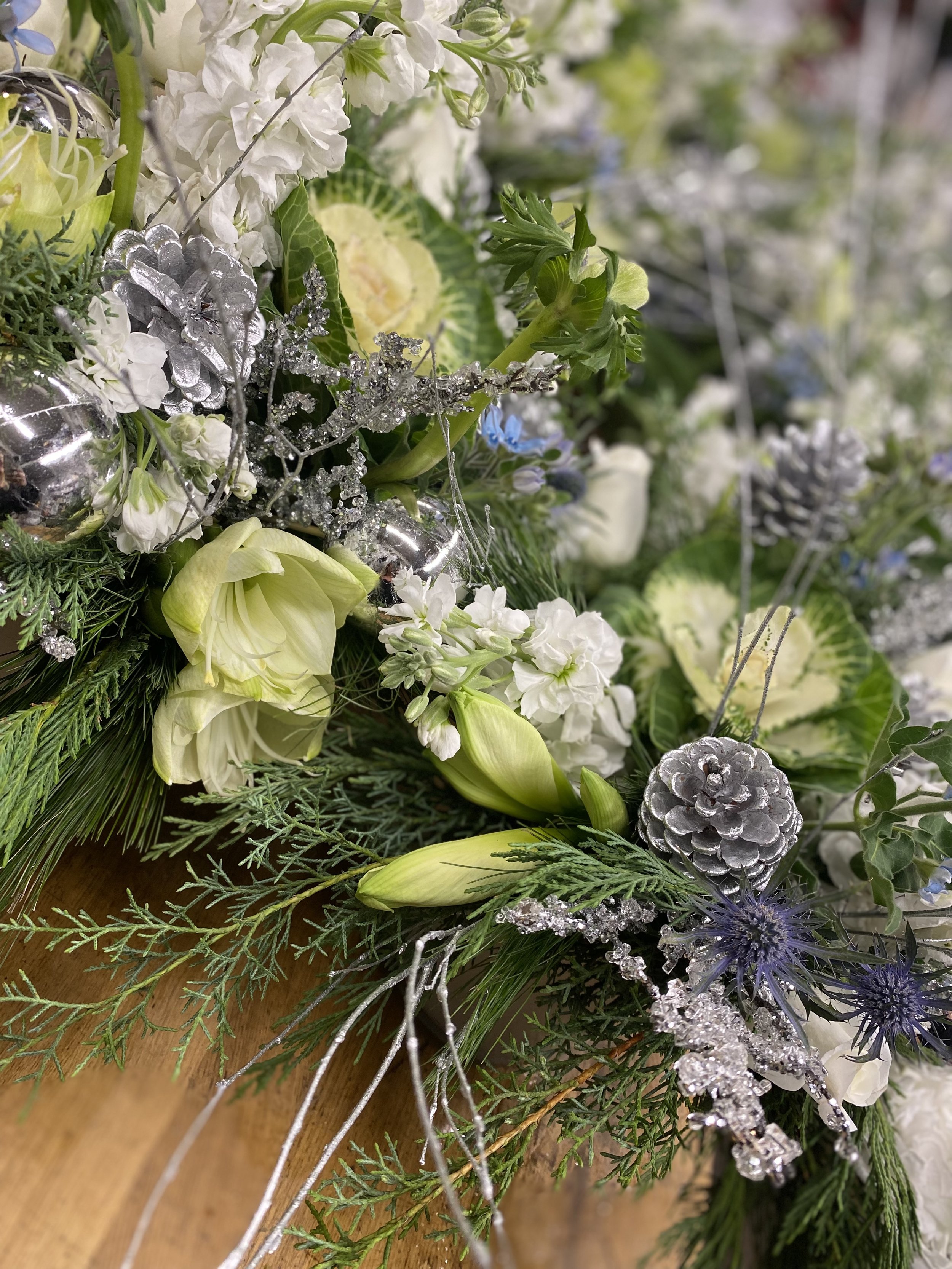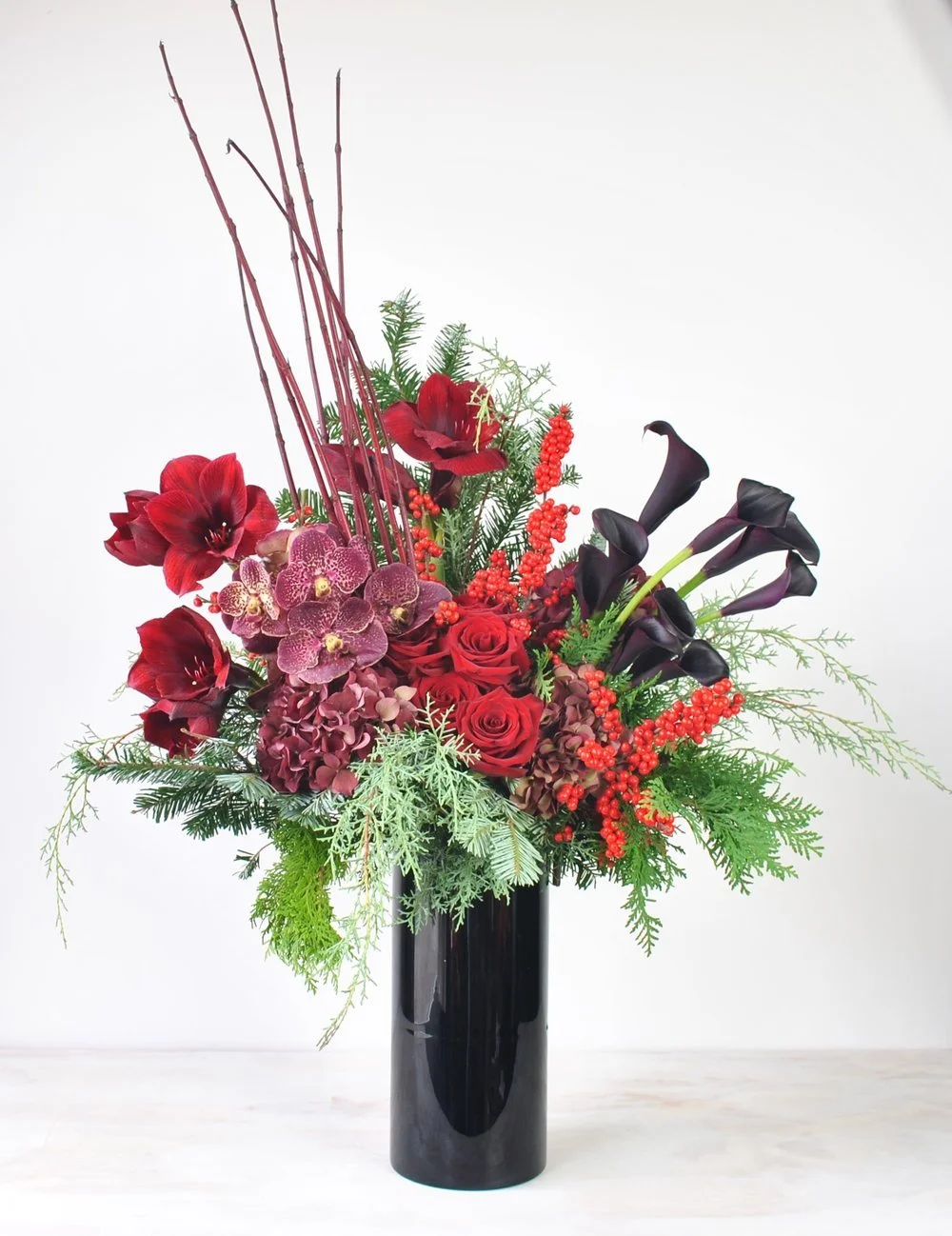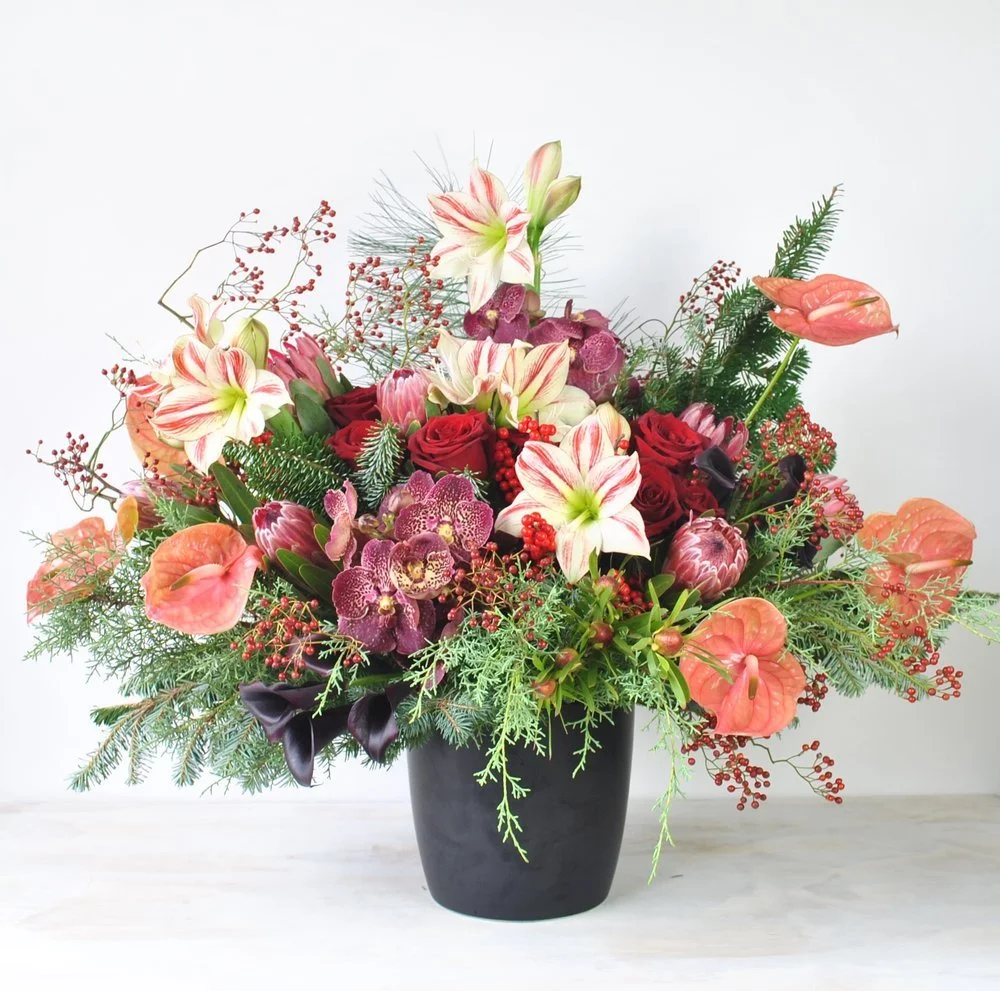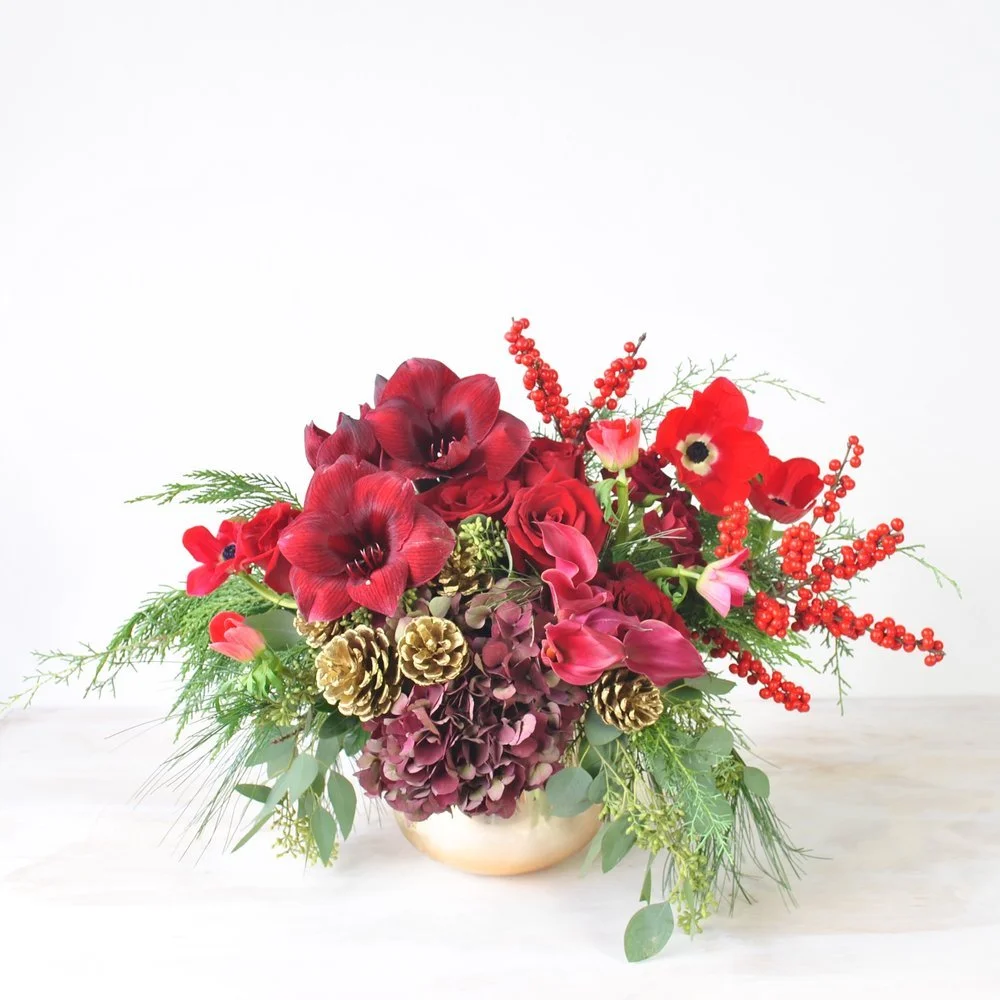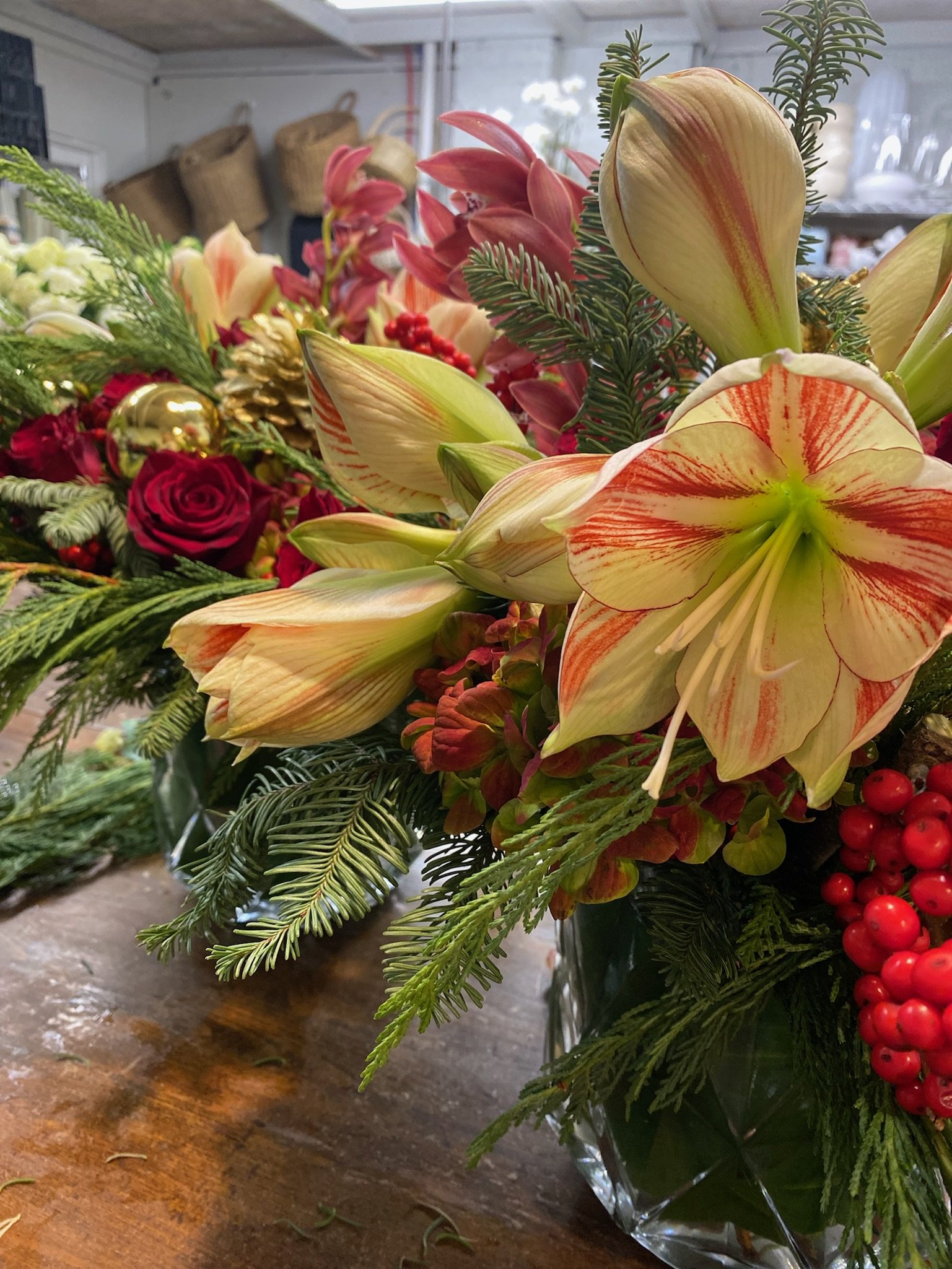What Are The Three Levels Of Light
There are three standard levels of light you can choose from: low, medium, and high. The right level of light would depend on the type of plant you wish to grow. Some may require intense light to grow and develop, others only need half of it, and the rest may need no light at all.
Low light levels are ideal for plants that can thrive without being exposed to sunlight or artificial light. These houseplants prefer rooms with a few windows where shades are often closed (e.g., reading rooms and bathrooms). Some examples of low-light indoor plants include peace lilies, ferns, snake plants, African violets, and Chinese evergreens.
Medium light levels are ideal for houseplants that prefer indirect light or sunlight. You can place these plants in rooms covered with curtains, blinds, awnings, or trees.
Additionally, you can place them at the back of your furniture or another houseplant that requires direct sunlight. Some examples of medium-light indoor plants include monstera, alocasia, calathea, anthurium, and pothos.
High light levels are ideal for houseplants that require direct sunlight or artificial light exposure to fully grow and develop. High-light plants include orchids, jade, fiddle leaf fig, sweet basil, geranium, and money tree. Nonetheless, be sure to check your plants, especially during the summer when temperatures are higher than usual and plant sunburns are common.
What Types Of Artificial Lights Can You Use
You can choose from the four most common artificial light sources for indoor plants: incandescent, fluorescent, and light-emitting diodes (LED).
Incandescent lights aren’t a good artificial light source for indoor plants. And they emit intense heat, requiring the plants to stay away from them and further reducing the amount of light they need to receive. Lastly, they don’t convert electrical energy to light energy efficiently.
Fluorescent lights are one of the best artificial light sources for indoor plants. They’re efficient in converting energy and much less expensive than incandescent lights. Plus, they don’t produce a lot of heat, allowing plants to receive as much light as needed.
Light-emitting diodes are the most energy-efficient artificial light source today. Not just that, they’re also long-lived—they can last up to six years of non-stop use. Nevertheless, they’re more expensive compared to other types mentioned earlier.
Final Words
Indoor plants can make your home great, lively, and relaxing. Yet be mindful of their light requirements. That’s because not all plants require the same amount of light to grow. Some may thrive in low light, while others grow in medium and high light. All you need to do is identify the plant you want to grow and the optimum amount of light they need.



















